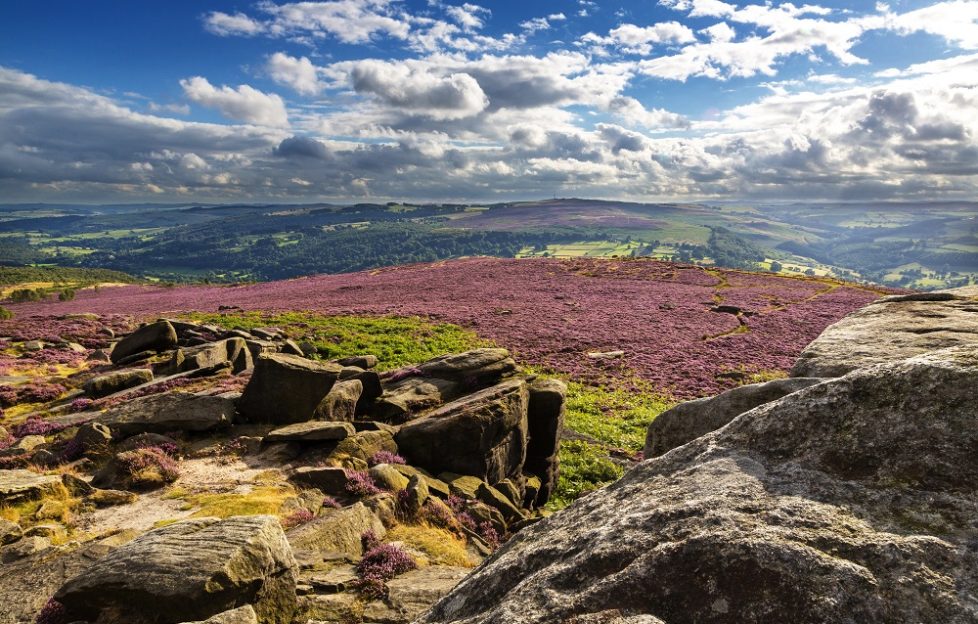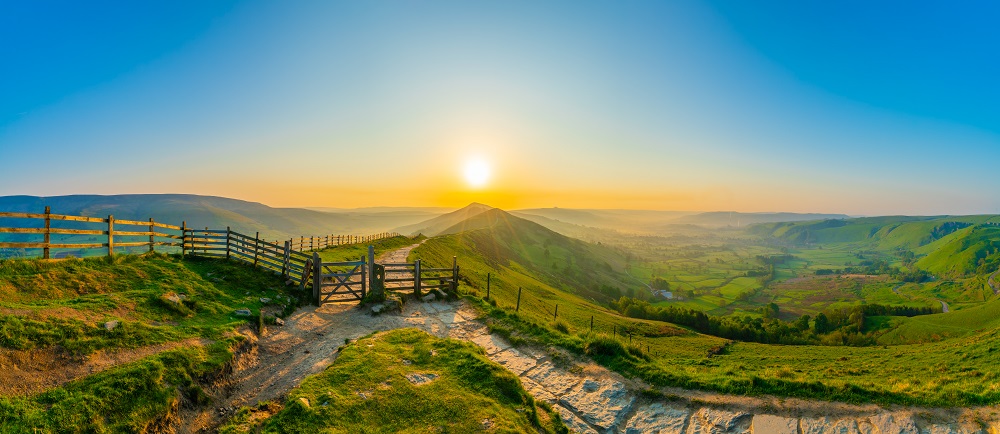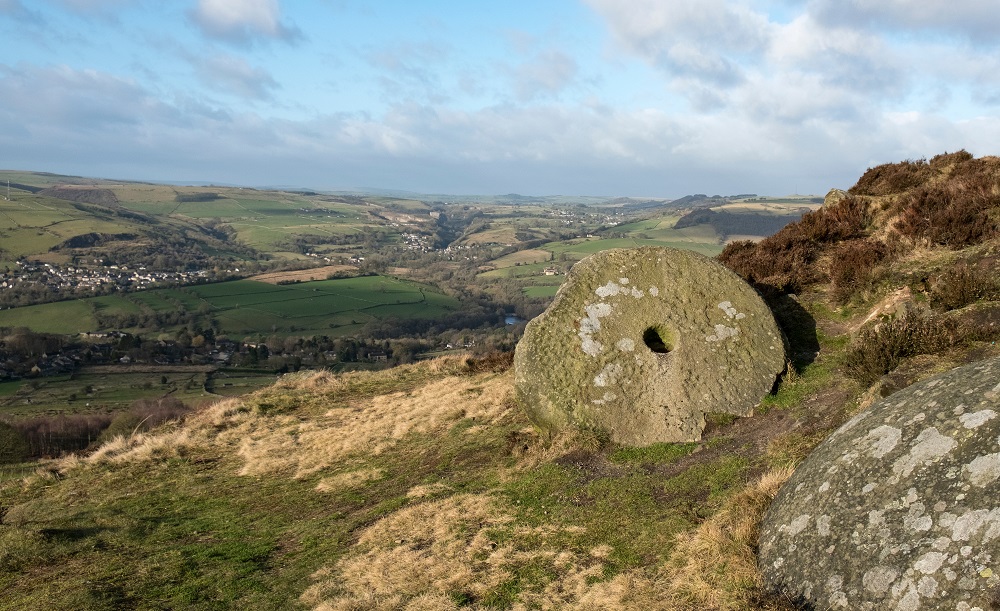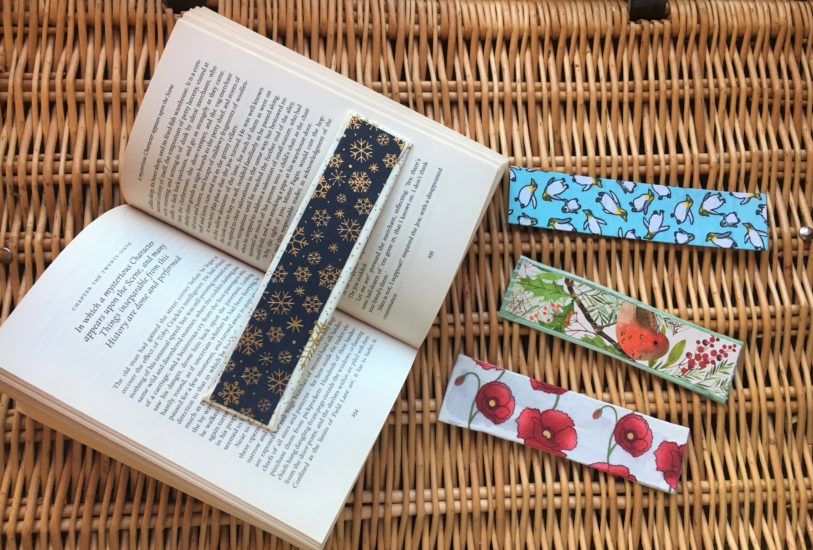 Shutterstock / Paul Daniels©
Shutterstock / Paul Daniels©It’s incredible to think how limited the public’s access to land was a hundred years ago.
Landowners possessed large parcels of the countryside, offering no welcome to those seeking escape from the growing urban areas of our country. If you wanted a break from the hubbub, you couldn’t simply go for a walk.
Many of the high and wild areas were reserved as shooting estates for the well-to-do.
It was an event in the Peak District back in 1932 which helped the push for access rights. Protestors arranged a “mass trespass” on Kinder Scout, a large hill with a high plateau, for April 24. Around an estimated 400 folk marched up the hill, despite it being privately owned land.
They were met with resistance, and some violence, from the estate’s gamekeepers.
Public sympathy
Trespass was not illegal at the time, but nevertheless authorities jailed a few within the party. The action generated a lot of public sympathy. Some even argue it was a vital part of the push for the establishment of the National Parks scheme in 1949 – and the eventual creation of the Peak District as Britain’s first National Park 70 years ago in 1951.

Shutterstock.
In Special 207, Janey Swanson takes a look at the anniversary of the Park, and its role amongst the British National Parks.
In a sense, we were a long way behind other countries. The US Government established Yellowstone in 1872! The world’s first. But Britain’s are so close to such huge population centres that they play a vital role in our nation’s mental and physical wellbeing. An estimated 20 million people live within an hour’s drive of the Peaks! The Lakes receive nearly 16 million visitors a year, too.
These places need protection and preservation for the benefit of nature and for our benefit.
I remember going there for a press trip once and catching a taxi from Sheffield over to Hathersage. Even in the early evening, walkers and cyclists popped up either side of the road at the end of every footpath and bridleway. It’s a popular place!

Shutterstock.
A place of heritage
Like pretty much all of Britain’s landscape, it has a working heritage as well. The gritstone of the Dark Peak – the park’s northern “half” – was famed for use in millstones. You can see many abandoned stones still in situ near the rocky outcrops where they were made.
The gritstone also makes it a famous destination for climbers, with rock that stays grippy in all conditions, even if it does wear off your fingerprints after a couple of hours!
I’ve visited the Park just a couple of times, and have loved it. Pubs, cafes, scenery and history – it’s got the lot. I was first there with my dad a number of years ago, cycling – literally- up hill and down dale.
We’re a lot closer to the Cairngorms up here – the UK’s largest National Park – which has a different kind of charm altogether. It’s still covered in shooting estates and grouse moors but at its heart lies a wild, high area around Cairngorm mountain itself, a truly special place beloved by the writer Nan Shepard.
Thanks to the creation of the Parks, almost everyone in the UK lives within driving distance of one – especially thanks to the recent addition of the South Downs as one. Some lucky folk even live within one!
They truly are the nation’s breathing spaces, and we hope you enjoy Janey’s article about how they all began. And do let us know if you have any fond memories or special attachments to any of Britain’s National Parks – contact us through the usual means!
Never miss a copy of “The People’s Friend” Special. Click here to take out a subscription!




